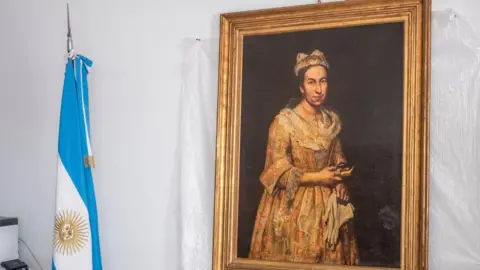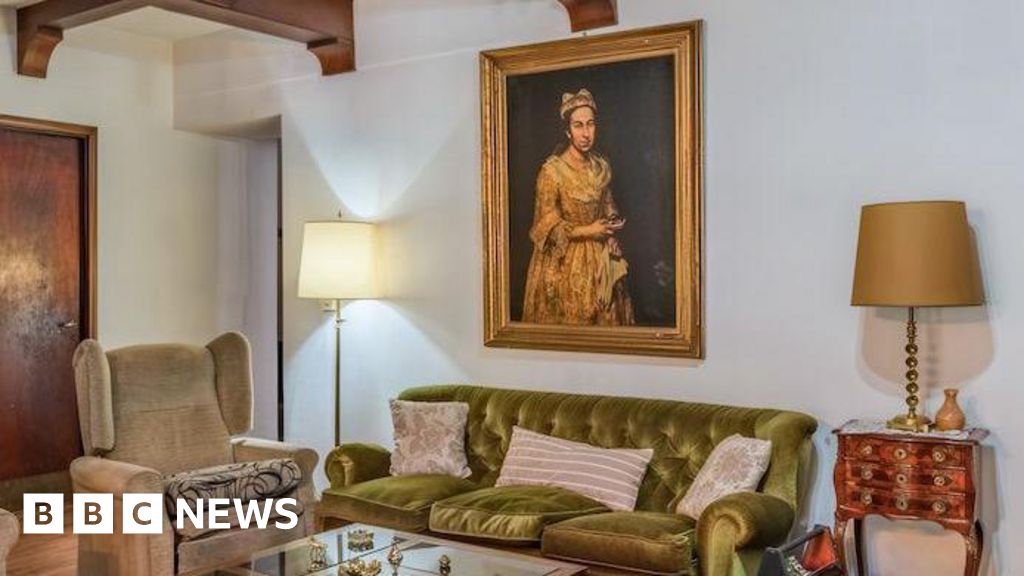A significant incident occurred at the Museum Boijmans Van Beuningen in Rotterdam, where a child accidentally caused damage to a renowned painting by Mark Rothko, valued at approximately €50 million. The museum’s spokesperson noted the damage, described as "superficial," happened during a moment when the artwork was left unattended. The painting, titled Grey, Orange on Maroon, No. 8, was found to have small scratches on its unvarnished paint layer.
The museum is currently exploring the next steps for treating the artwork and has sought conservation expertise both domestically and internationally. While they hope the painting will be exhibited again in the future, specialists underline the unique challenges posed by Rothko's style. Conservation manager Sophie McAloone explained that modern, unvarnished paintings are particularly vulnerable due to their complex materials and the visibility of even the slightest damage.
Art restoration experts like Jonny Helm have highlighted the implications of this incident for other museums, particularly those in the UK that are contemplating more open displays of their collections. The unvarnished state of Rothko's paintings complicates the restoration process, requiring conservators to assess the damage carefully and investigate past successful treatments of similar works.
This damage is not without precedent; Rothko’s work has previously been targeted by vandalism. In a notable case, a 1958 Rothko painting suffered deliberate damage in London, resulting in extensive repairs and a two-year prison sentence for the perpetrator.
Fine art insurance policies typically cover incidents of damage like this, including those caused by visitors. The museum has not disclosed who may be held responsible for the latest damage, though it has a history of billing individuals for accidents involving artwork.
The situation highlights the delicate balance museums must maintain between accessibility and the preservation of valuable art. Recent incidents in the Netherlands, including Thieves damaging Warhol prints and the accidental disposal of artworks, further spotlight the need for effective damage control policies in cultural institutions.
As educational outreach continues, incidents involving children and art remain sensitive. For instance, when a young boy broke a fragile artifact in Israel, the museum chose to minimize consequences, focusing instead on fostering a positive educational experience for the family. This latest Rothko incident, while serious, may bring about further discussions on how museums can better protect treasured works while remaining accessible to the public.





















